Description
- Jan Sluijters work is considered to be of great importance to Dutch art history. Jan Sluijters played a pioneering role in the young avant-garde, which also included artists such as Piet Mondriaan and Leo Gestel. From his time at the academy until shortly after the First World War, Sluijters experimented frequently and adopted styles such as luminism, fauvism, cubism and expressionism. After this he gained fame as a painter of portraits, nudes, flower still lifes and domestic scenes in a moderate expressionist style.
As befits a modern artist at the beginning of the twentieth century, Sluijters made a trip with Leo Gestel in January 1904 to Belgium and France, where they visited various museums. In that year, Sluijters won the prestigious Prix de Rome with a large academic painting. With the scholarship he won, Sluijters traveled to Italy and Spain in early 1905. From that moment on, he said, ‘considering that mysterious question of “beauty” and “the essence and purpose of art”. Mimic reality as faithfully as possible became irrelevant to him and his attention increasingly focused on the effect of the sunlight and the people on the street. In 1906 Sluijters left Spain early to return to Paris. This enabled him to visit the Salon des Indépendants just in time, where Kees van Dongen’s paintings of Parisian nightlife could be seen. At that time, Paris was the center of the art world and also the first city where modern electric light was used on a large scale. Inspired by the work of Van Dongen, Sluijters started his own search in Paris for a visual language with which he could express his impressions of modern city life. Café de Nuit -Café Olympia was the first large canvas that Sluijters made in Paris. Here, the effective new electric light is the radiant centerpiece.
Jan Sluijters can without doubt be called one of the most important artists of modernism in the Netherlands. Together with Jan Toorop (1858-1928) he was a board member of the Moderne Kunstkring, which was founded in 1910 by Conrad Kickert (1882-1965) as a protest against the resistance that many progressive artists encountered to have their work placed in exhibitions. Piet Mondriaan (1872-1944) was also a member of the board. Like Kees van Dongen (1877-1968) among others, Sluijters was strongly influenced by the use of color in French fauves. Sluijters’ work was all about colour; his colorite was his ultimate trademark.
In the mid-twenties, Sluijters had grown from a rebellious avant-garde to an established and respected member of the Dutch art world. With a virtuoso, figuratively expressive style of painting, Sluijters (like many other European artists at the time) reverted to the naturalistic painting of previous centuries without jeopardizing the achievements of modernism. His use of color and clearly visible brushstrokes characterize Sluijters’ work until his death in 1957.
- Jan Sluijters work is considered to be of great importance to Dutch art history. Jan Sluijters played a pioneering role in the young avant-garde, which also included artists such as Piet Mondriaan and Leo Gestel. From his time at the academy until shortly after the First World War, Sluijters experimented frequently and adopted styles such as luminism, fauvism, cubism and expressionism. After this he gained fame as a painter of portraits, nudes, flower still lifes and domestic scenes in a moderate expressionist style.
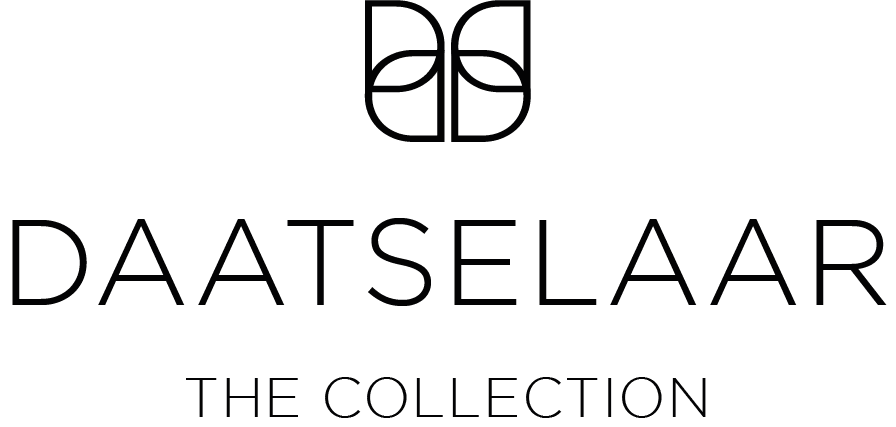
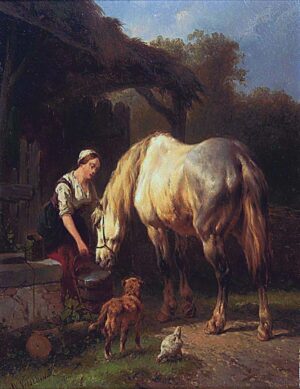
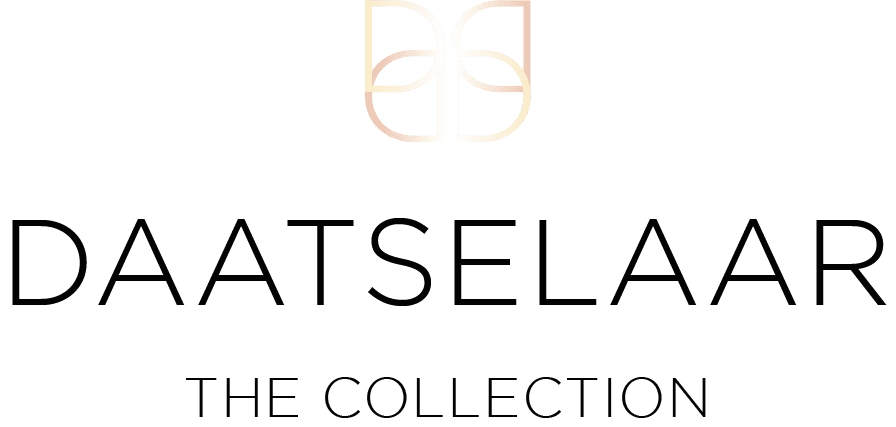
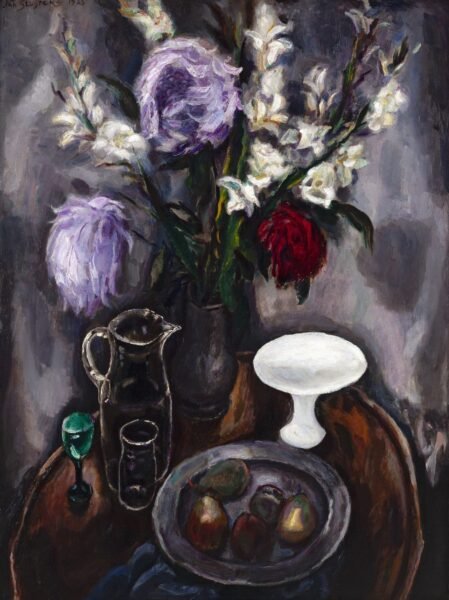


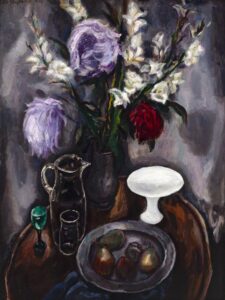
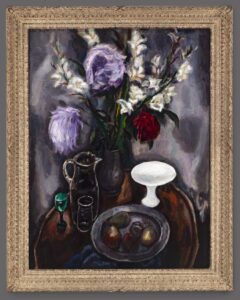

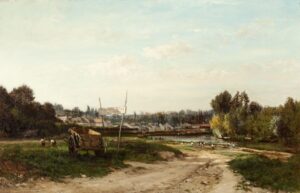

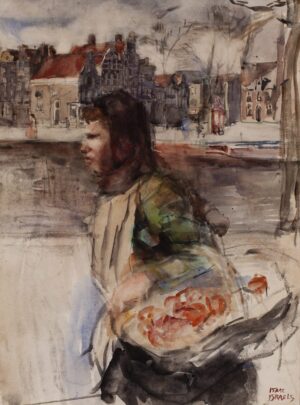
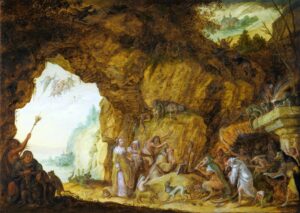
Reviews
There are no reviews yet.